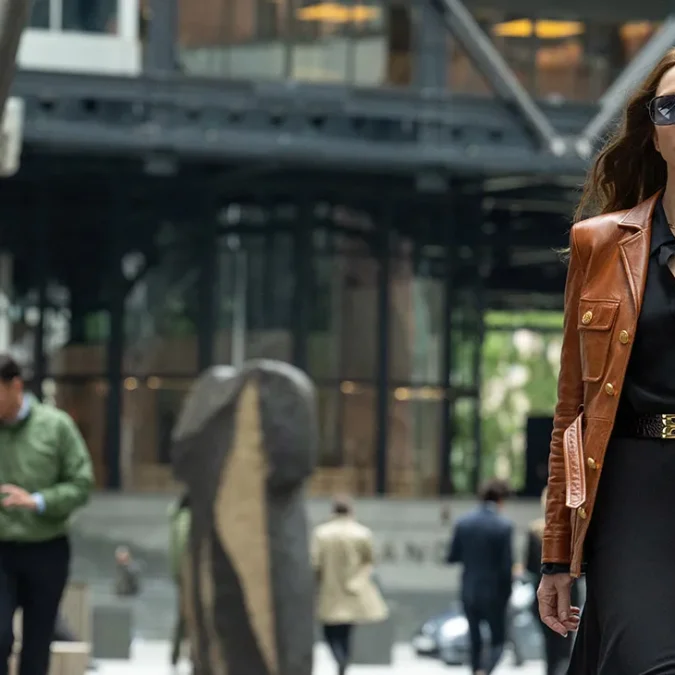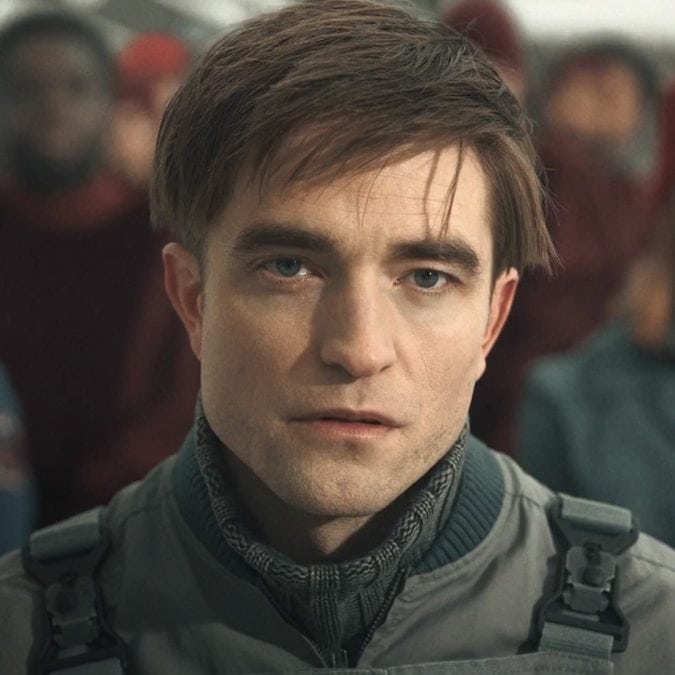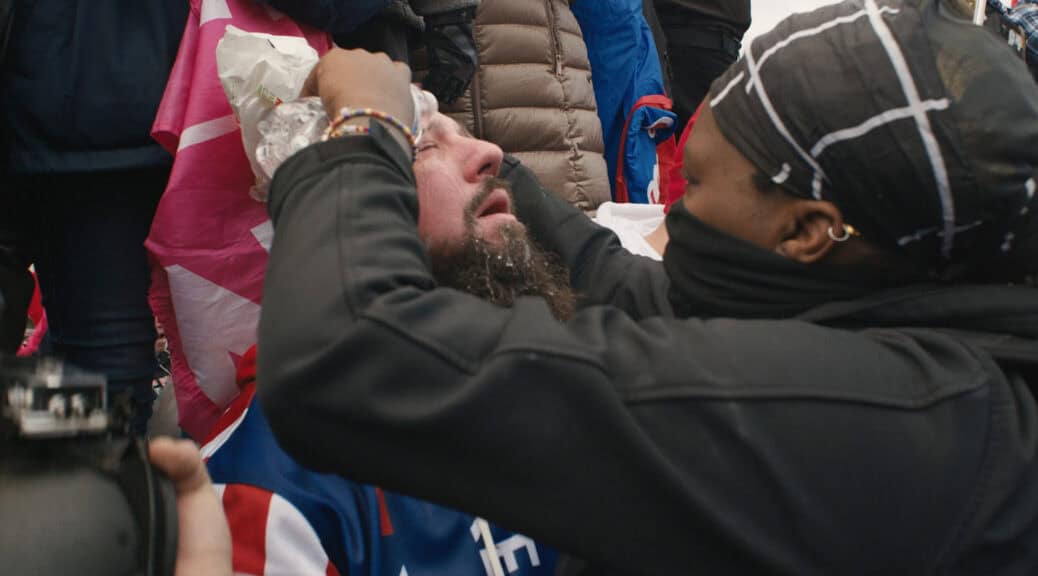
Penguin Random House is celebrating the 10th anniversary of its annual Design Awards this year, which is an initiative that enables young and creative students to design new covers for some of their favourite books for an opportunity to win a year’s invaluable placement experience at the company.
This year the three novels that will be re-dsigned are A Clockwork Orange (Anthony Burgess), How To Be a Woman (Caitlin Moran), and Email and the Detective (Erich Kastner) and to celebrate we take a look at the ten most iconic book covers of all time, many of which were created by designers at Penguin Random House.

A Clockwork Orange by Anthony Burgess (1962)
A Clockwork Orange by Anthony Burgess (1962)
David Pelham’s simple and colourful design came ten years after the original book cover was published. It is also one of this year’s novels that are being re-designed for the Penguin Design Award. The cog-eye soon became an instantly recognisable symbol for the novel and helped establish Pelham’s cover as one of the best ever.

1984 by George Orwell (1949)
1984 by George Orwell (1949)
There are 42 different covers for 1984, all of which could be considered iconic in one way or another. However, street artist Shepard Fairey’s design resonates at the top of the list as one of the most creative and sinister versions to date.

To Kill a Mockingbird by Harper Lee (1960)
To Kill a Mockingbird by Harper Lee (1960)
This simple, yet unforgettable, cover was created by Shirley Smith for the initial publication of the novel in 1960. Many have criticised this design for being too plain but that hasn’t stopped the image of a tree branch from becoming synonymous with Harper Lee’s classic tale.

Catch-22 by Joseph Heller (1961)
Catch-22 by Joseph Heller (1961)
Here is another powerfully minimalistic book jacket that proves sometimes less is more. American jazz musician, Paul Bacon, produced this striking cover for the original release of Joseph Heller’s timeless satirical novel in 1961.

The Great Gatsby by F. Scott Fitzgerald (1925)
The Great Gatsby by F. Scott Fitzgerald (1925)
This is one of the most easily recognisable book designs of all time. Created by Spanish artist Francis Cugat, the hauntingly ominous image of a face embedded in the night sky, hovering over a bright skyline has become so symbolic of The Great Gatsby that it still graces its cover to this day.

The Catcher in the Rye by J. D. Salinger (1951)
The Catcher in the Rye by J. D. Salinger (1951)
It is famously well-known that J. D. Salinger was incredibly picky when it came to choosing his cover art. He favoured simple designs consisting of lines and colour, with no additional text besides his name and the title. It seems that E. Michael Mitchell’s carousel horse hit the nail on the head.

The Godfather by Mario Puzo (1969)
The Godfather by Mario Puzo (1969)
The famous font and puppeteer hand have become so inextricably linked to the story thanks to Francis Ford Coppola’s renowned film adaptations, making this one of the most globally recognisable designs in the world. S. Neil Fujita paved the way for all of that in 1969 by creating this original cover.

Atlas Shrugged by Ayn Rand (1957)
Atlas Shrugged by Ayn Rand (1957)
While this isn’t the original design for the Ayn Rand’s novel, it is probably the one that contemporary readers identify with most. The image of a golden man holding up the title, much like how the Greek titan, Atlas, held up the world, is really a thing of legends.

American Psycho by Bret Easton Ellis (1991)
American Psycho by Bret Easton Ellis (1991)
This creepy depiction of the novel’s front man, Patrick Bateman, is something that could haunt your dreams. Marshall Arisman’s cover perfectly captures the sadistic nature of the Manhattan businessman and, much like the story, makes this something truly hard to forget.

Animal Farm by George Orwell (1945)
Animal Farm by George Orwell (1945)
Animal Farm is another classic tale from George Orwell that has been graced with more than a few pieces of cover art. This design is particularly effective as it incorporates two of the most iconic aspects of the novel – the pigs and the amended commandment.
For more info about the Design Award 2016 and to check out this year’s shortlist visit www.penguinrandomhouse.co.uk/designaward
We hope you're enjoying BRWC. You should check us out on our social channels, subscribe to our newsletter, and tell your friends. BRWC is short for battleroyalewithcheese.
Trending on BRWC:

Black Bag – The BRWC Review

Mickey 17 – The BRWC Review

GAME: First Feature From Geoff Barrow’s Invada Films

Homegrown: Review









NO COMMENTS